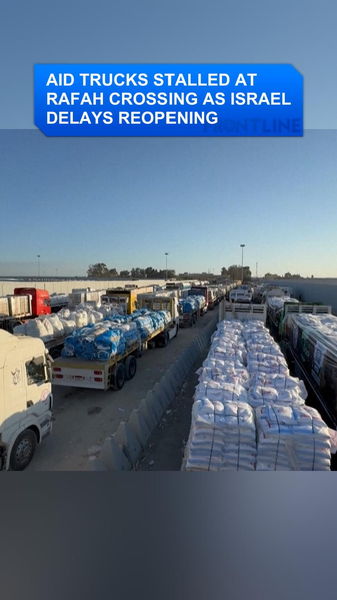On October 19, dozens of trucks loaded with humanitarian supplies sat stalled at the Rafah crossing on the Egyptian side, awaiting clearance into the Gaza Strip. The Israeli authorities’ decision to delay the reopening of this vital corridor has left drivers and aid agencies scrambling for alternative routes to deliver food, medicine and shelter materials.
Located at the southern tip of Gaza, the Rafah crossing serves as the main international lifeline for humanitarian aid into the territory. Several drivers reported being turned back by Israeli forces more than once, underscoring the uncertainty that now plagues one of the world’s most pressing relief operations.
For young global citizens and entrepreneurs focused on emerging markets, supply-chain disruptions at Rafah highlight how regional politics can ripple across borders, impacting everything from grassroots relief efforts to the tech platforms coordinating aid. Thought leaders and activists warn that prolonged delays risk worsening already dire conditions for communities in Gaza.
As the conversation around digital nomadism and sustainable travel evolves, the stalling at Rafah serves as a reminder of the challenges facing border regions under conflict. Travelers, journalists and aid workers hoping to bring firsthand reports or support must navigate shifting policies and checkpoints in a climate of heightened tension.
With mounting pressure from international organizations and social media campaigns drawing attention to Gaza’s humanitarian needs, the reopening of Rafah remains a linchpin for relief efforts. Until then, those lining up their trucks at the border are left in limbo—each hour of delay representing a life in need waiting for help.
Reference(s):
Aid trucks stalled at Rafah crossing as Israel delays reopening
cgtn.com




